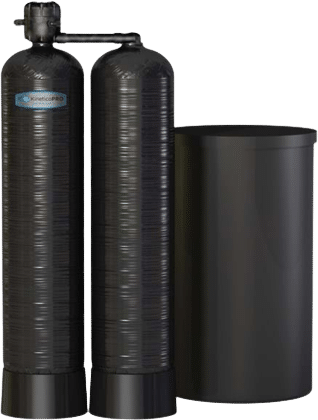
Water Softening Services
Everything You Need To Know About Soft Water
Benefits, Risks And How Water Softeners Work In The Dallas-Fort Worth Metro Water quality in your home is often described as either…
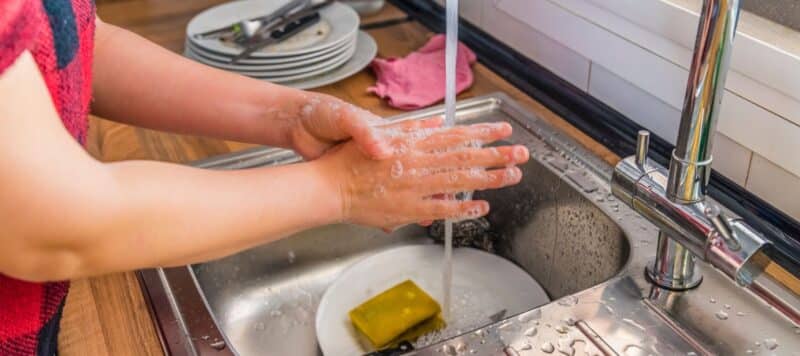
Water Softening Services
Scale-Reducing Systems: A Smart Alternative To Traditional Water Softeners
Water Filtration Experts In Arlington, TX Hard water is common across Arlington, but treating it doesn’t have to mean salt bags and…
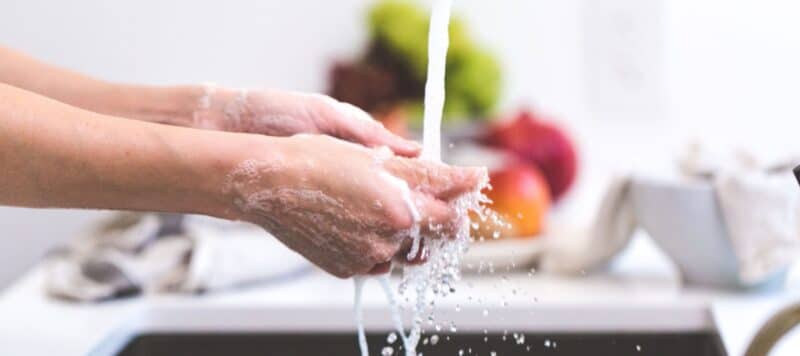
Water Softening Services
What Type Of Soap Should I Use With A Water Softener?
How To Pair Soaps With A Water Softener If you’ve recently installed a water softener in your home, you may have noticed…

Whole-Home Water Filtration
Are PFAS In DFW’s Drinking Water? What North Texans Need To Know
Improve DFW Water With Shelton’s Water Nothing lasts forever, but “forever chemicals” are a close exception. These impurities are a common name…

News
Grand Prairie Issues: “Do Not Use Water Advisory”
Urgent: “Do Not Use Water” Advisory for Grand Prairie Residents North of I-20 The city of Grand Prairie has issued a critical…
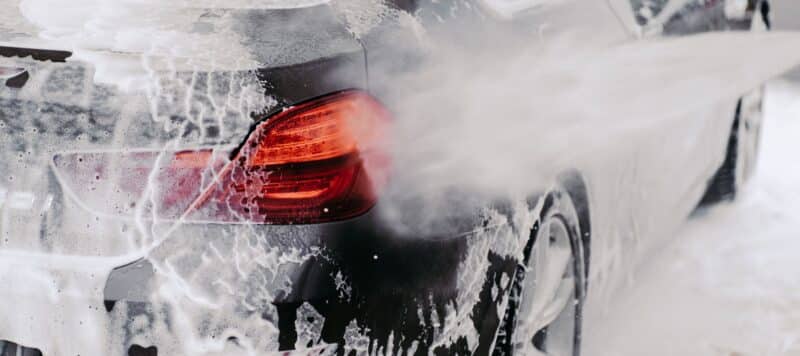
Water Softening Services
Should I Use Soft Water For Washing My Car?
Get An Efficient Water Softener For Washing Your Car Washing your car regularly is essential for maintaining its appearance and protecting its…
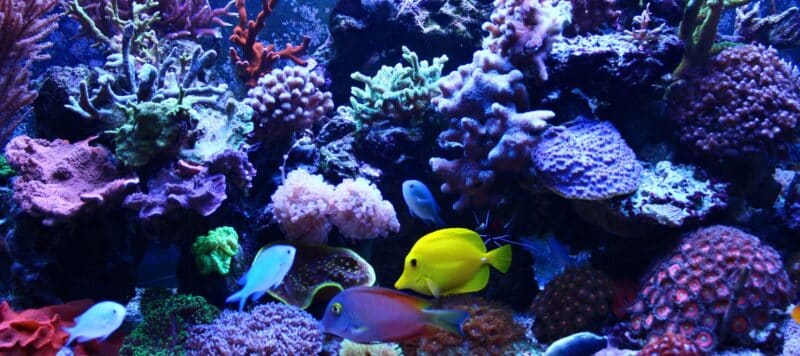
Water Softening Services
Are Water Softeners Safe For Fish Tanks?
Soft Water For Fish Tanks: Impacts And Considerations Maintaining a healthy and vibrant fish tank can be a rewarding hobby. However, it’s…

Water Softening Services
How Often Should You Add Salt To A Water Softener?
Water Softener Services In The DFW Metroplex Maintaining your water softener is crucial for ensuring the longevity and efficiency of the system,…
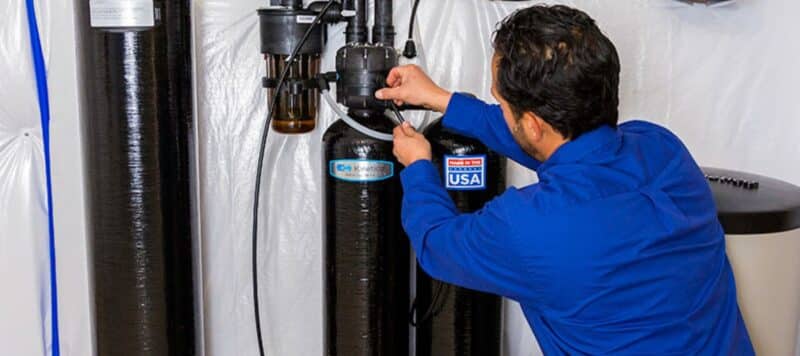
Water Softening Services
How Long Do Kinetico Water Softeners Last?
Efficient Kinetico Systems In The DFW Metro At Shelton’s Water in Arlington, TX, we understand the importance of investing in a water…



